
Whether you’re a new runner or you just haven’t raced for a while, you may have noticed that at this time of year, there’s a lot of race talk among your running friends. 5Ks, 10Ks, half-marathons, marathons–all this race talk is making you wonder, should you sign up for a race?
RELATED: Top 10 irrational thoughts pre-race
Racing can be a lot of fun. It’s a great way to introduce a little friendly competition into your running, and it can be very motivating. Many runners also enjoy raising funds for worthy causes, which can be a big part of racing.
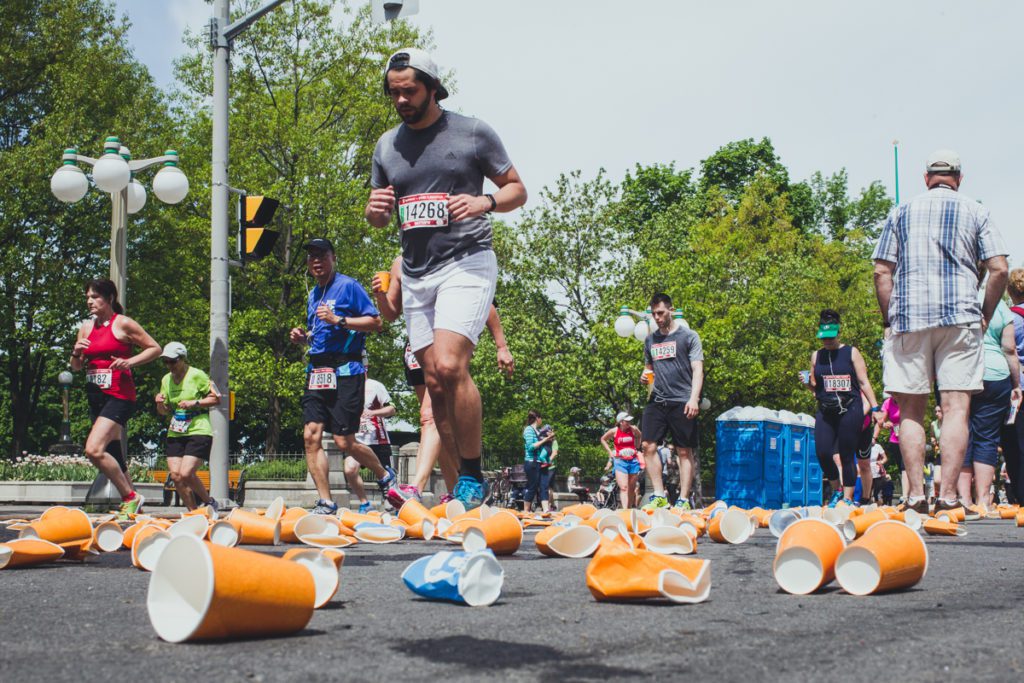
Racing will allow you to build a list of official results, so you can track your progress as you get faster, if that’s your goal. You’ll also enjoy watching your times improve as you learn more about training, and as you execute what you’re learning. And for those who do most of their running on their own, it’s a great feeling to cross that finish line and feel the energy of competition.
So how do you decide what distance to race? If you’re new to running, and have been consistently running 5-8K two or three times a week, the 5K is the best place to start. The distance is manageable and already something you’re comfortable with.
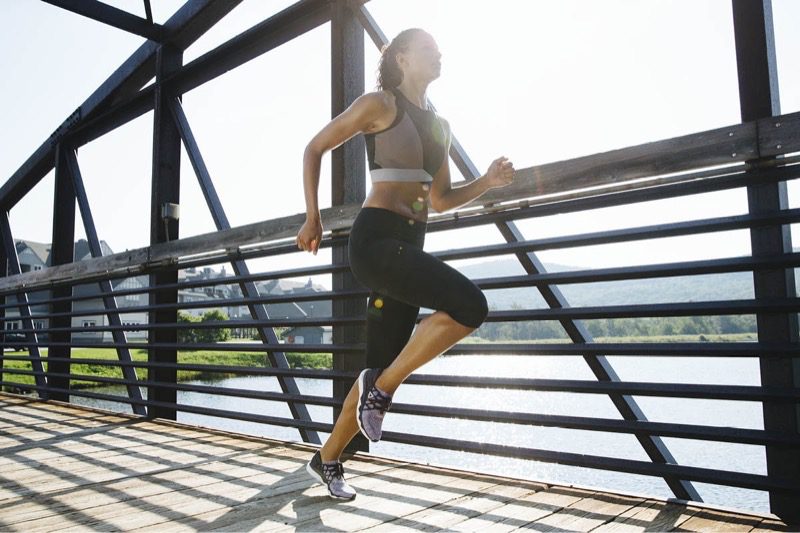
If you’ve done some races but it’s been a while, maybe you’re dusting off your 10K or half-marathon training.
Either way, here are some basics as you prep for the race:
1. Get some gear
Running doesn’t have to be expensive, but if you’re training for a race, you do need some decent running gear. The last thing you want is for your clothing to compromise your performance on race day. (Plus, you want to look good out there!)
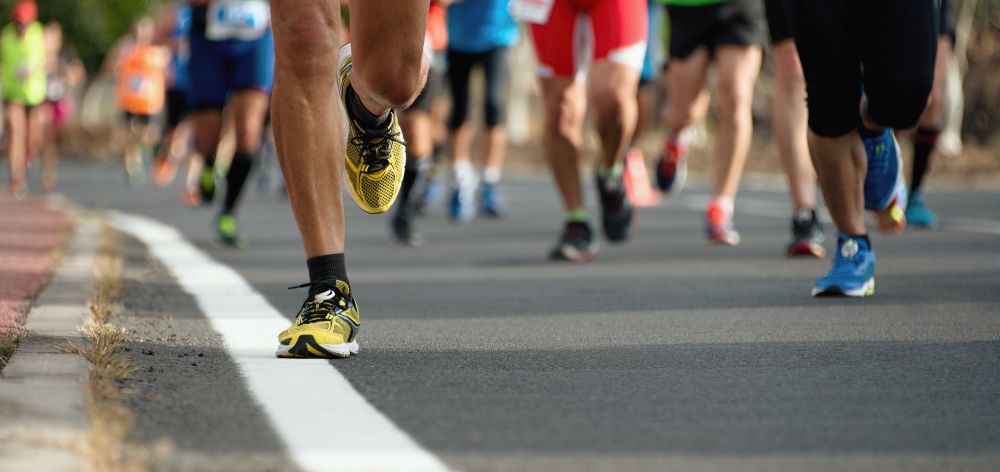
Most races include a technical shirt with your entry fee, and many runners’ wardrobes consist of nothing but race shirts. You can also go to a sporting goods or running store and choose from the purpose-built running gear designed to make you as comfortable and as fast as possible.
Today’s running shoes incorporate a lot of technology and research, from the various types of foam and rubber used to create the sole (which itself has different components) to the various materials in the upper, tongue, and even the laces. It’s important to be fitted by a professional, not only for your foot, but for the type of running you’ll be doing.
The Reebok Floatride is a great example of a versatile shoe that will do nicely for training runs, races, and even out to brunch after the race. It’s a lightweight and highly reactive shoe that’s both comfortable and fast (and it looks fantastic).
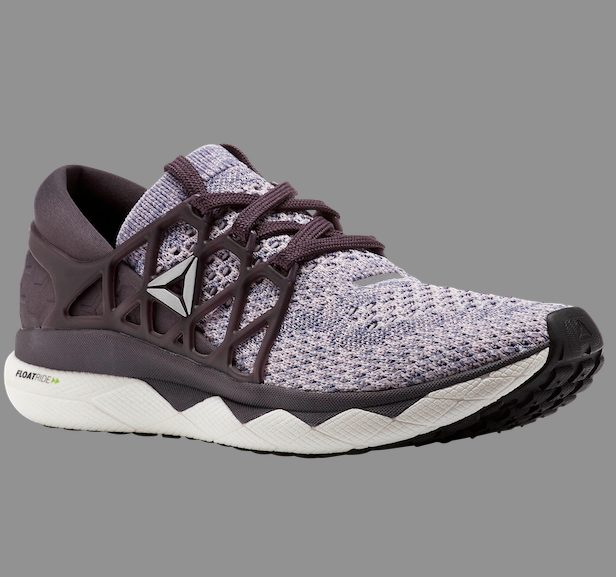
Don’t wait til the day before your race to get new shoes. You’ll want to have run the full distance in them at least a few times before the big day.
2. Plan your training
So, how do you actually train for a race?

There is plenty of advice online on how to train for races of different distances, but running jargon can be a little overwhelming. The best way to train for your first 5K is to jog (at a comfortable pace) three to 5K a couple of times a week, slightly longer (up to 8K) on the weekend, and some kind of faster session once a week, either on the track (intervals) or the road (tempo).
For longer distances, there are plenty of downloadable training plans online.
3. Learn the training lingo for racing
Here’s a basic glossary:
Easy pace: Running at a pace that allows you to carry on a conversation without feeling winded. (Most of your runs, including your weekly long run, should be at an easy pace.)
Speedwork: Not more than once a week, to avoid injury. Speedwork can involve short track intervals (e.g. 400m at a slightly-faster-than-easy pace) or tempo runs (running at a slightly faster pace in the middle of a run, after your warmup jog and before cooling down). Fartleks are short bursts of intensity (60 to 100 metres, say, or to the next light standard or other identifiable spot on your route), alternating with short recovery periods of slower running, over the distance of a typical weekly run.
Long, slow distance (LSD): This is your weekly long run, which you can make slightly longer each week leading up to the race. The purpose of the long run is to help you build endurance, so you finish strong. For a 5K, you could build up to running 8K on weekends.
Race pace: This is your goal pace, based on your time goal (the time you hope to finish in). For example, if your goal is to run a 50-minute 10K, your pace is 5:00, or five minutes per kilometre. Once a week you should be running some long intervals or tempo runs at race pace (400m or 800m), finishing with some shorter intervals at slightly faster than race pace.
RELATED: How to incorporate interval training
Taper: This is a period of diminishing distance leading up to the race. It’s not really necessary to taper for a 5K, but it becomes important at longer distances, to allow your body some recovery from the wear-and-tear of training and to maximize your performance on race day. Opinions differ on how long the taper should be, but for a half-marathon, your longest run should be about 10 days out.
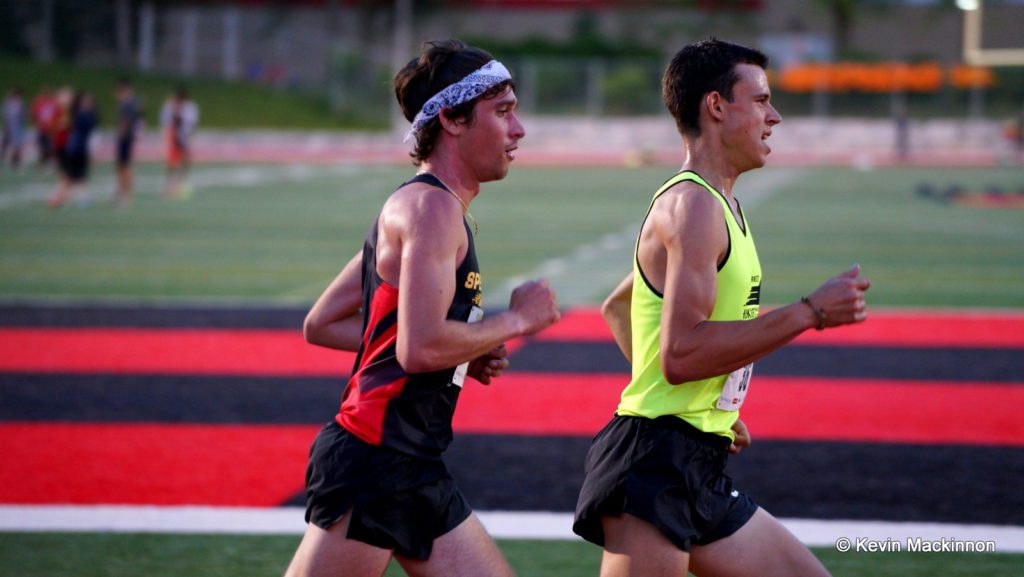
Once you’ve done a couple of 5Ks, you might feel ready to take on a longer distance. The same principles apply for a 10K as for a 5K: choose a race that’s far enough in the future to allow you to build up to the 10K distance without becoming injured. One very important rule of thumb for staying injury-free (at any distance) is to limit your mileage increases to 10 per cent per week.
4. Watch your nutrition
Make sure to eat healthy (lean meats, lots of fruit and vegetables and whole grains) while you’re training, and especially in the week leading up to your race. Treats are fine, in moderation. Since most races are in the morning, you should practise your race-day fuelling strategy in advance, eating a low-glycemic meal (such as a banana or half a bagel with peanut butter) an hour and a half before race time. Or you might prefer to race on an empty stomach, which is fine as long as you carb up after the race. (Most races offer post-race snacks.) Drink lots of water the day before the race, but not too much on race morning.
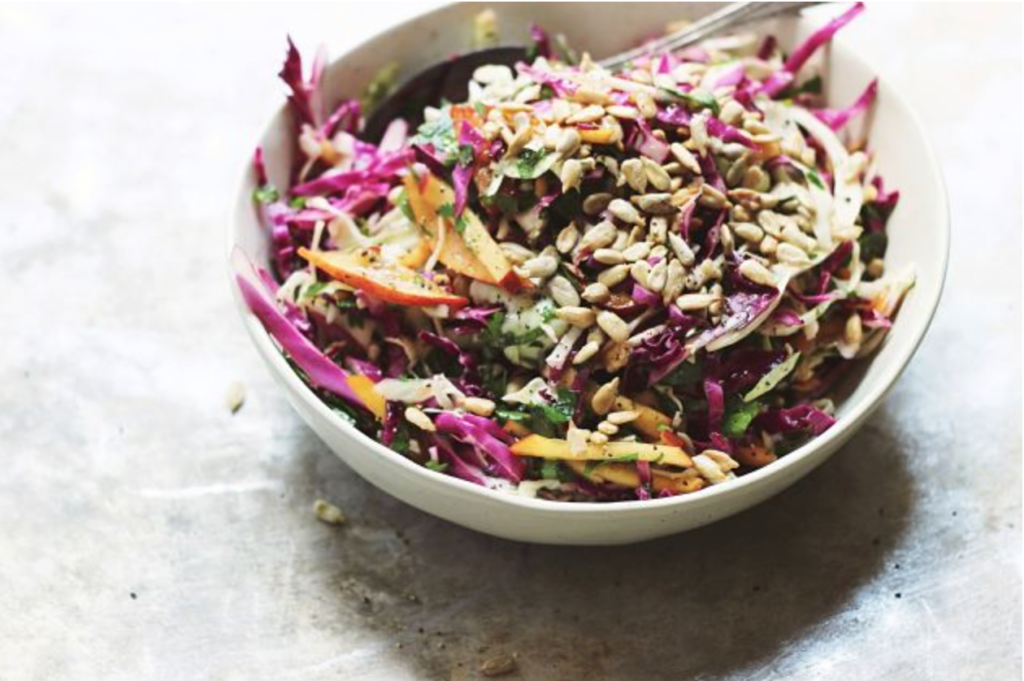
When racing a half-marathon, unless you are very fast, you will want to take a gel or some other form of nutrition after the first 45 minutes to an hour, since that is the point at which your body’s stored glycogen is likely running low. Experiment during training so you’re prepared.
5. Set a time goal
If you use a GPS or heart-rate monitor, you can figure out a pace that’s just slightly faster than your easy pace, and set a time goal based on that. You want to run at a pace that’s comfortably fast and that you can sustain throughout the distance, hopefully with a strong kick at the end. A useful tactic in the second half of the race is to pick a runner slightly ahead of you and try to pass them, one by one, at a pace you can maintain.
Races to consider
Many cities have Canada Day races (July 1), including in Edmonton, Ottawa, Vancouver, Dartmouth, and Moose Jaw. That gives you five weeks to train.
Further out, here are some great races to start thinking about and training for over the summer. Consult www.raceguide.ca for more information.
Western Canada
Stampede Road Races (Calgary – Half, 10K, 5K) – Sunday, July 8
Squamish 8K – Sunday, August 5
Edmonton Half, 10K – Sunday, August 19
Kelowna Wine Country Half – Sunday, September 2
Canmore Rocky Mountain Half, 10K, 5K – Sunday, September 9
Vancouver Eastside 10K – Saturday, September 15
Winnipeg Fire Paramedic Services Half Marathon, 10K, 5K – Sunday, October 14
Ontario and Quebec
Demi-marathon de Mont-Tremblant – Sunday, August 12
Longboat Toronto Island Run 10K, 5K – Sunday, September 9
Marathon Oasis Rock ‘n’ Roll de Montreal half, 10K, 5K – Sunday, September 23
The County Half-Marathon (Prince Edward County) – Sunday, September 30
Niagara Falls Half, 10K, 5K – Sunday, October 4
Eastern Canada
TELY 10 Mile Road Race/16.1K (St. John’s, N.L.) – Sunday, July 22
Maritime Race Weekend (Cow Bay, NS) – Friday, September 14 to Sunday, September 16
One final word: don’t forget your bib!

